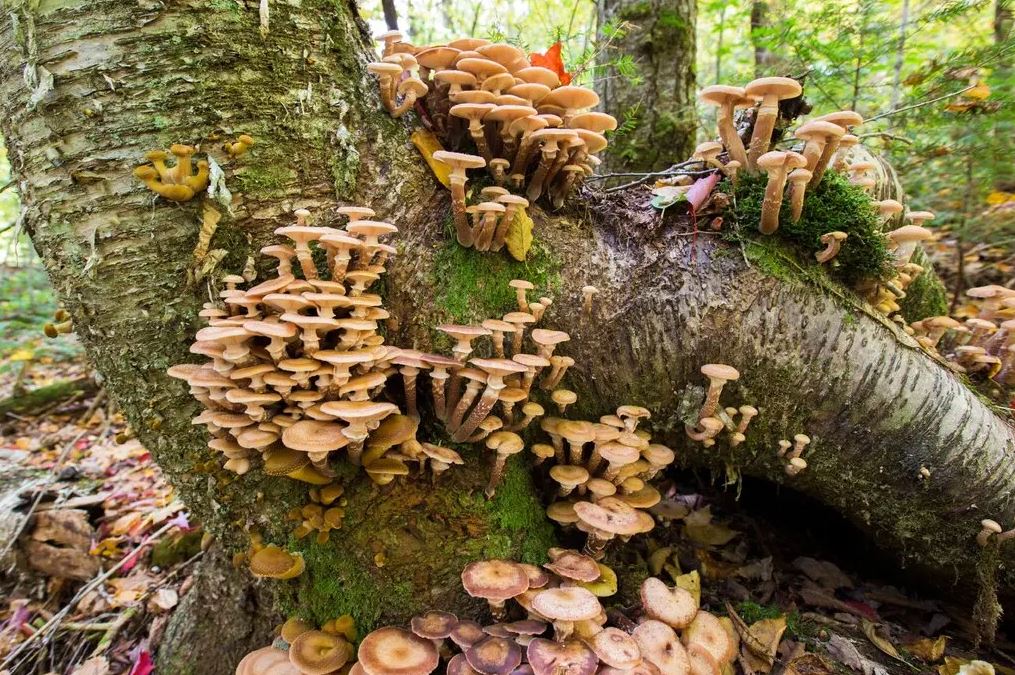Three mushrooms known as the destroying angel, the fatal dapperling, and the funeral bell all have one thing in common: they contain the fantastically lethal toxin alpha-Amanitin, which is found in high concentrations in the mushrooms. If you consume one of these mushrooms, it is possible that symptoms may not develop for many hours. However, over a short period of time, the toxin starts to have a detrimental effect on your body’s capacity to transcribe genes. Your liver and kidneys begin to fail around the fourth or fifth day after consuming the substance. It’s possible that you’ll die after roughly a week.
There is a riddle at the heart of this strange deadliness: Those mushrooms come from three different genuses, which are groupings of fungal species that are not closely linked to one another. I’m curious how they came to produce the exact same poison.
Scientists who have sequenced the genomes of 15 species of mushrooms from these three groups make an intriguing claim in a paper published on Monday in the Proceedings of the National Academy of Sciences: rather than being inherited from a common ancestor of these groups, the genes that produce alpha-Amanitin were transferred directly to them from an unknown, most likely extinct mushroom.
It is typical among bacteria to engage in this kind of genetic exchange, known as horizontal gene transfer, according to Hong Luo, a researcher at China’s Kunming Institute of Botany and an author of the new work. A little amount of DNA is given from one bacterium to another, and subsequently on to the progeny of those microbes. Growing evidence, on the other hand, shows that genes may be transferred across complex, multicellular animals as well, perhaps with the assistance of viruses. In April, another group of scientists revealed that genes had been transferred between snakes and frogs that shared a forest environment by way of parasites that they both shared with one another. It may seem far-fetched, but it may be able to explain several otherwise puzzling discoveries about the tree of life that have been made.
The researchers who wrote the fungal report had previously believed that horizontal gene transfer had resulted in the development of the similar poisons in these mushrooms. As they neared the end of their investigation, they discovered some unexpected findings. They had anticipated that their glances into the genetics of the mushrooms would reveal that one of the groups had passed on the genes to the other groups, and they were right. Instead, the gene toxin clusters seemed to be evenly spaced with relation to their origin.
As a result of their deliberations, the paper’s authors came to the conclusion that horizontal gene transfer had happened — but not necessarily among these three populations.
This long-dead mushroom would have contained the genetic toolkit necessary to produce the poison and transferred it on to the still-living types by a mechanism that is now unclear. The mushrooms that have been impacted are not its progeny, but rather the carriers of a little packet of its genes that was released like a message in a bottle and that gives the fungus their exceptionally deadly properties.
Scientists may never learn anything about this alleged giver of poison genes, even if it did exist in the first place. The researchers, on the other hand, are intrigued as to why these three mushroom species, out of all the others, were the ones to absorb and make use of its legacy. Is it possible that the poisons perform a unique function in the ecology of these specific mushrooms? Maybe mushrooms are simply extremely adept at whatever secret mechanisms they use to incorporate genes from their surroundings into their own genomes.
As scientists understand more about how horizontal gene transfer occurs outside of bacteria, it is possible that some of these solutions may become more apparent.

